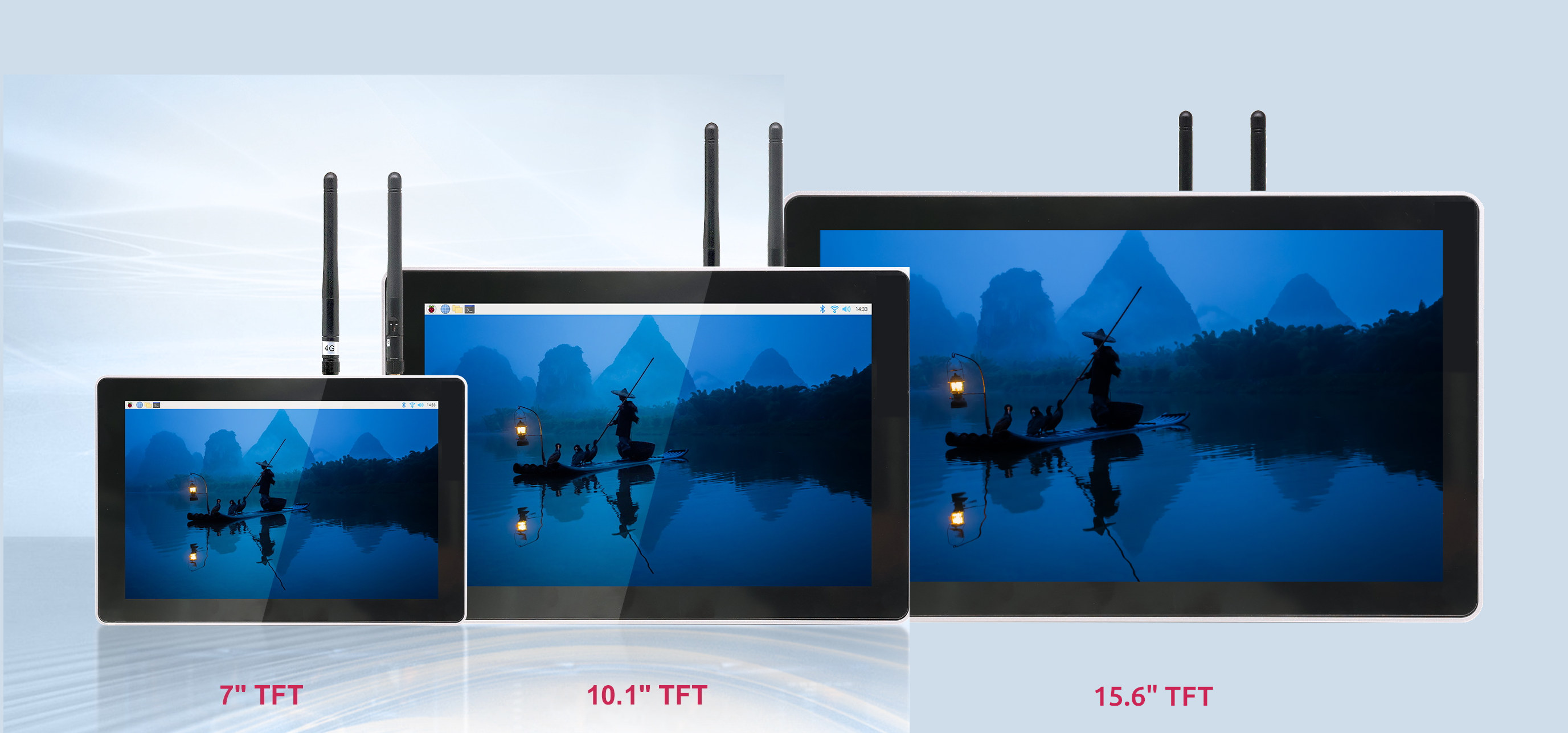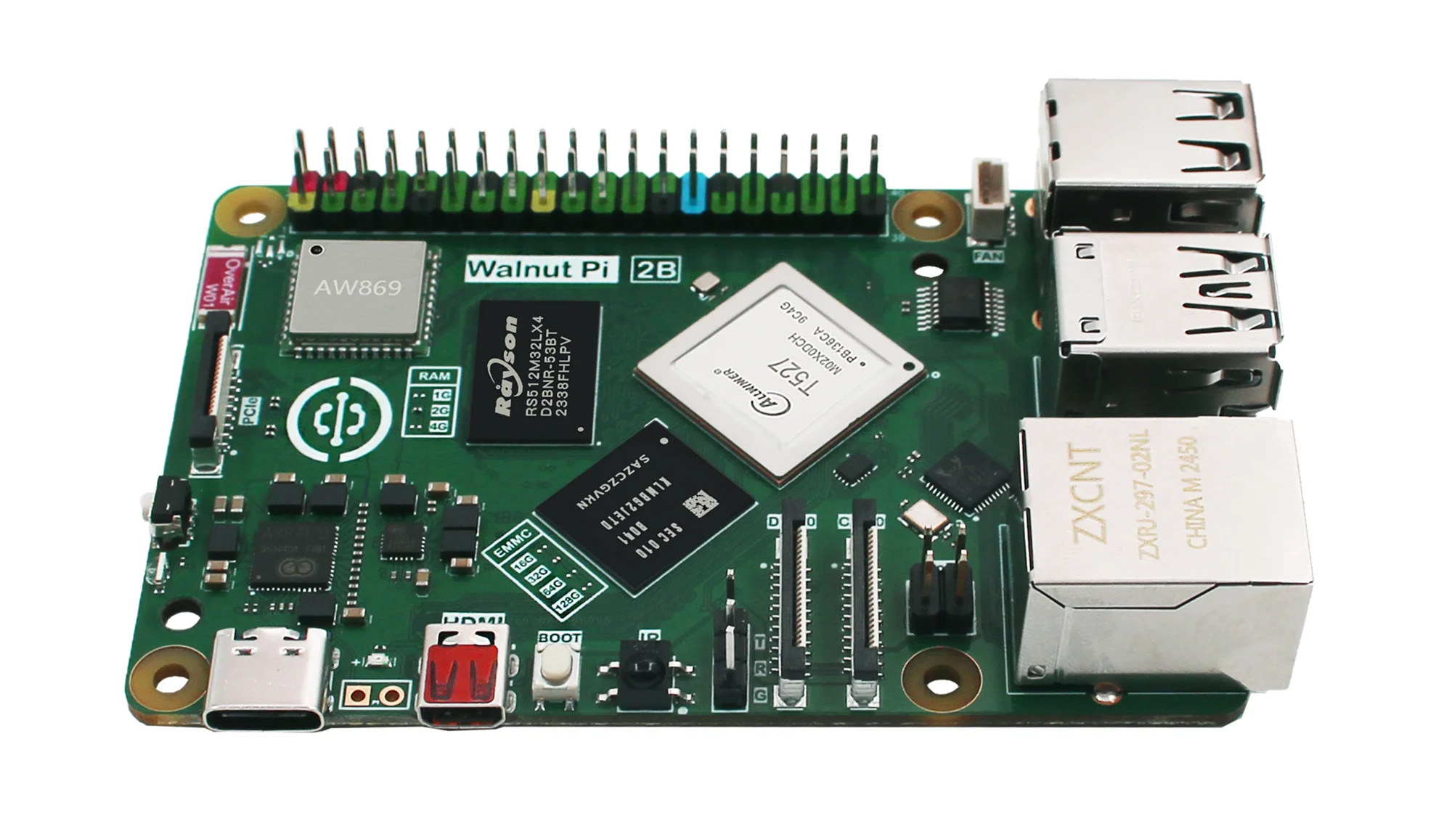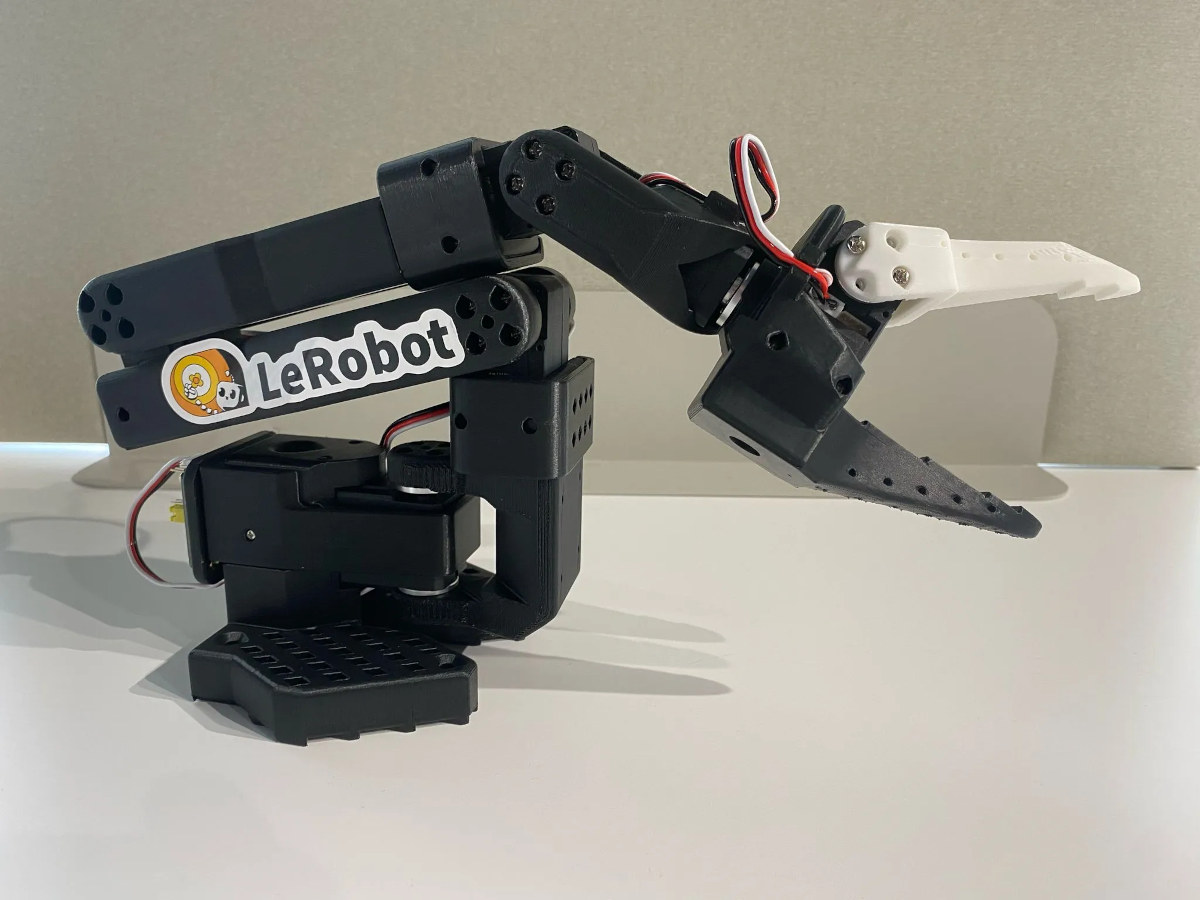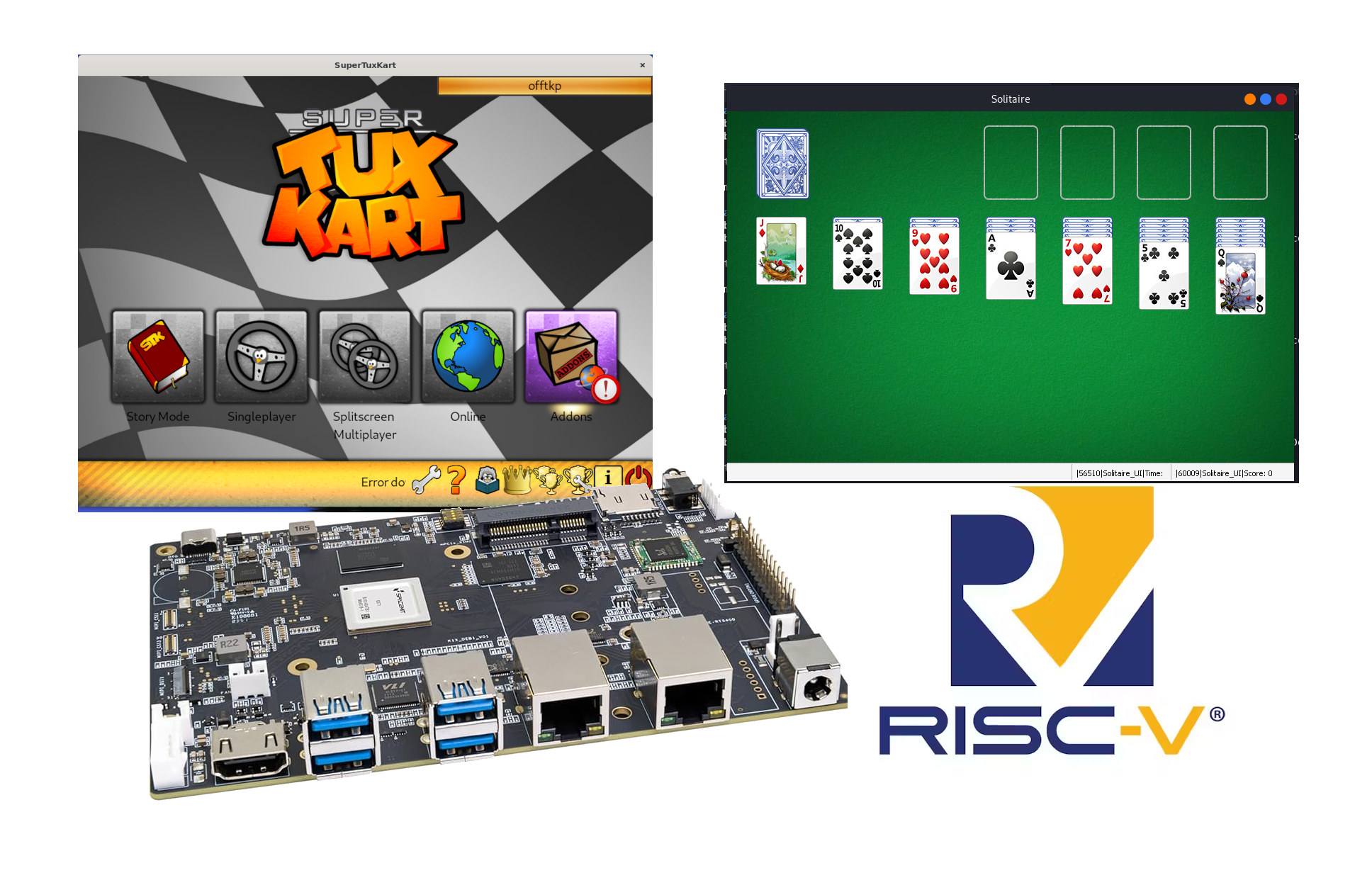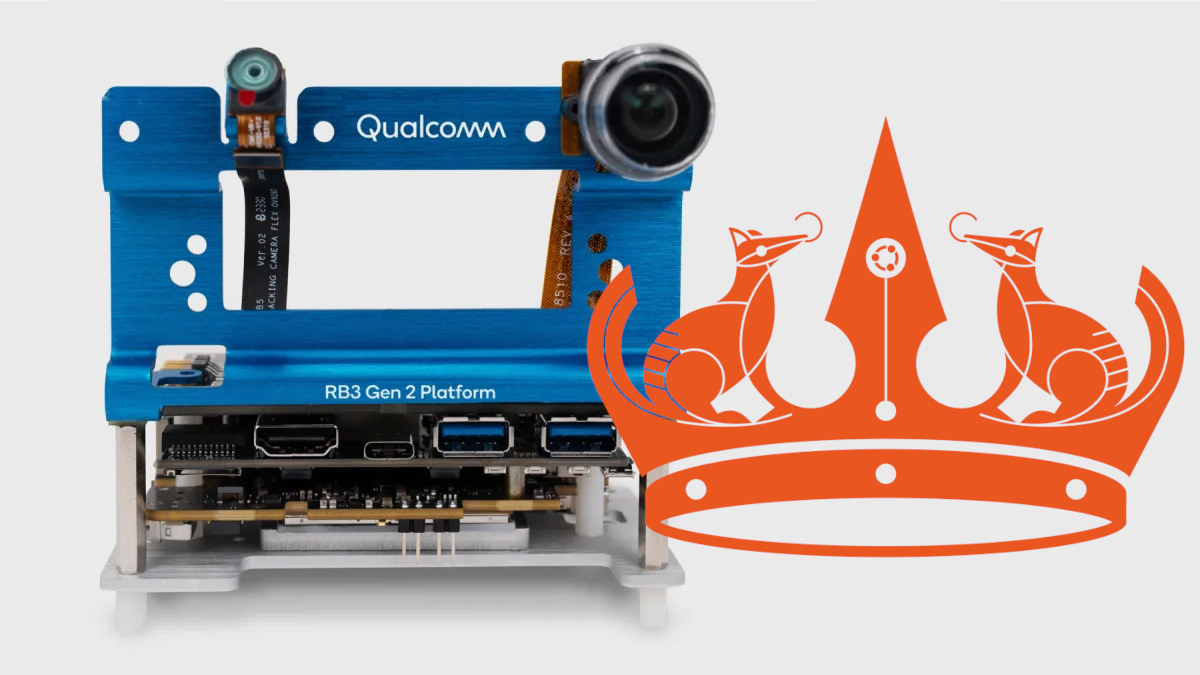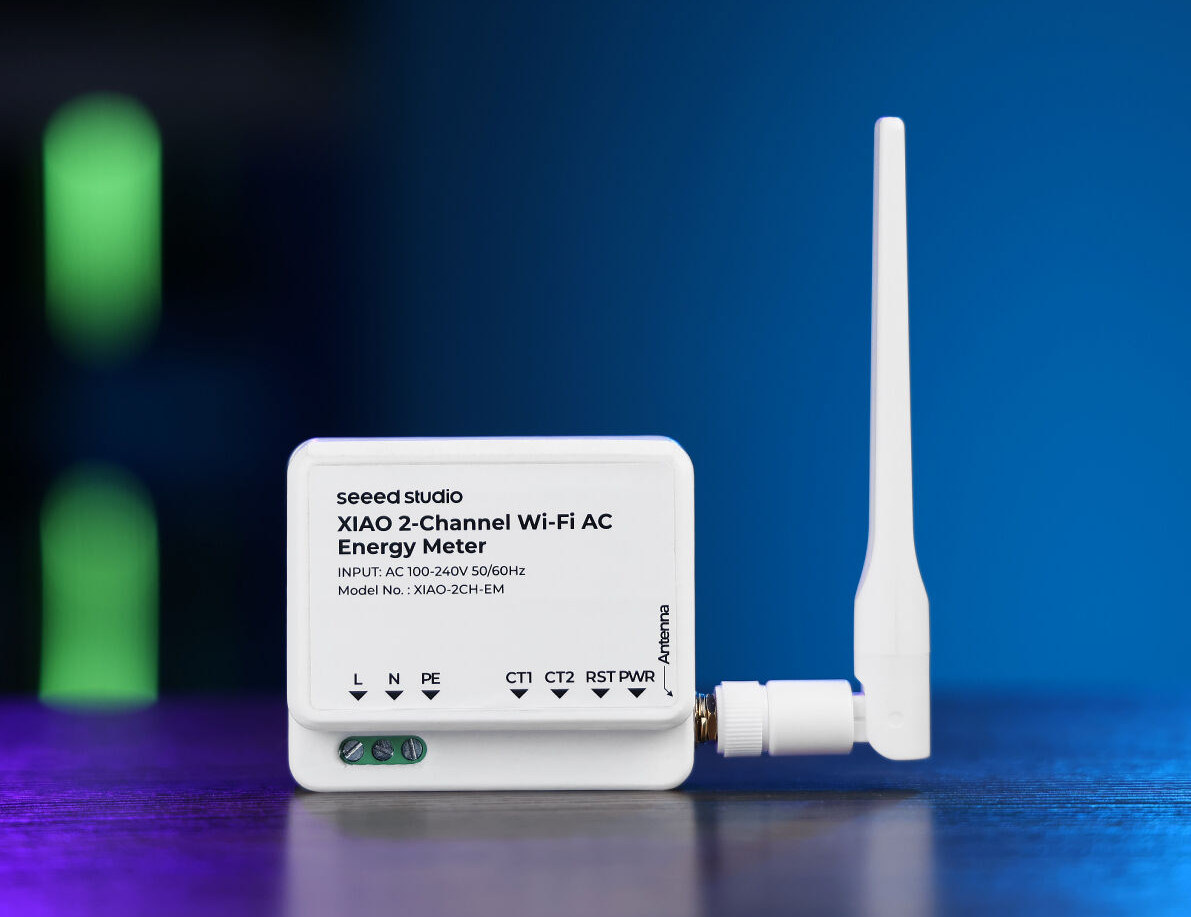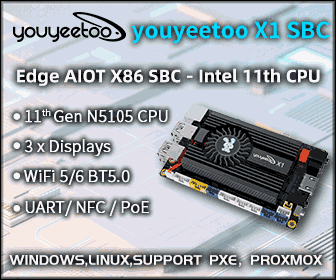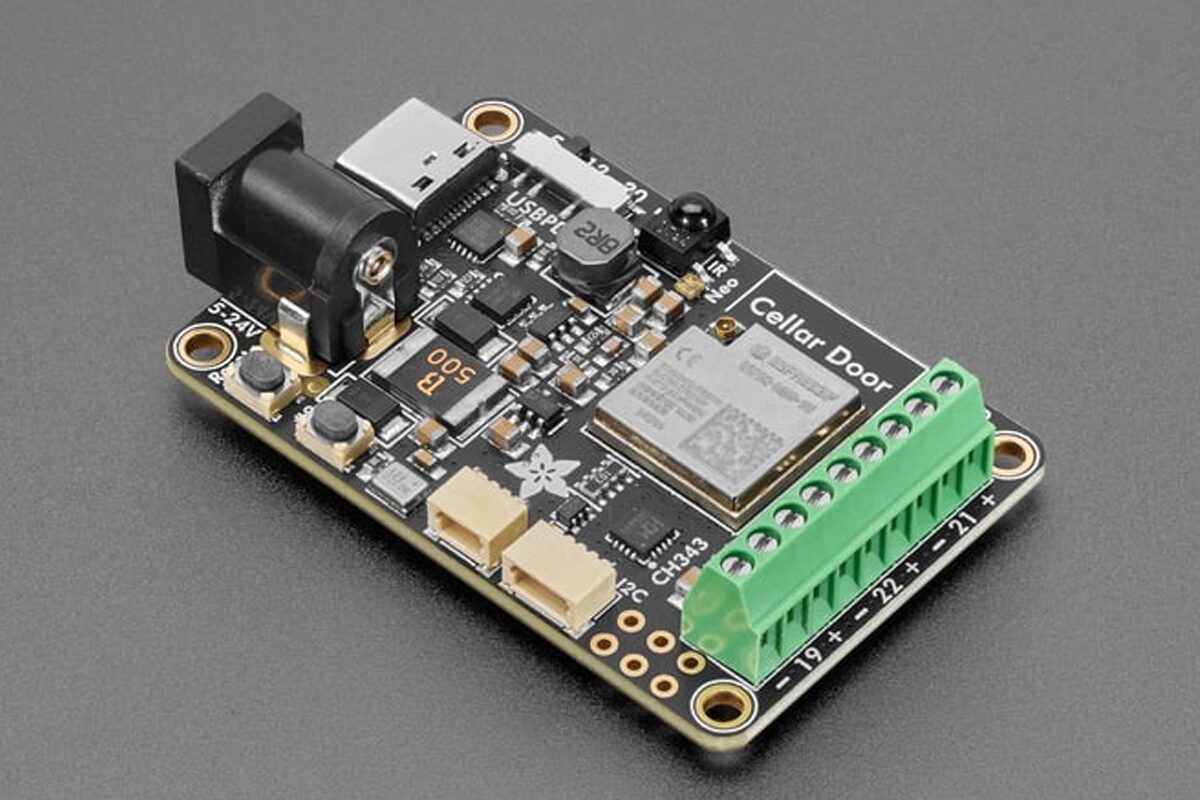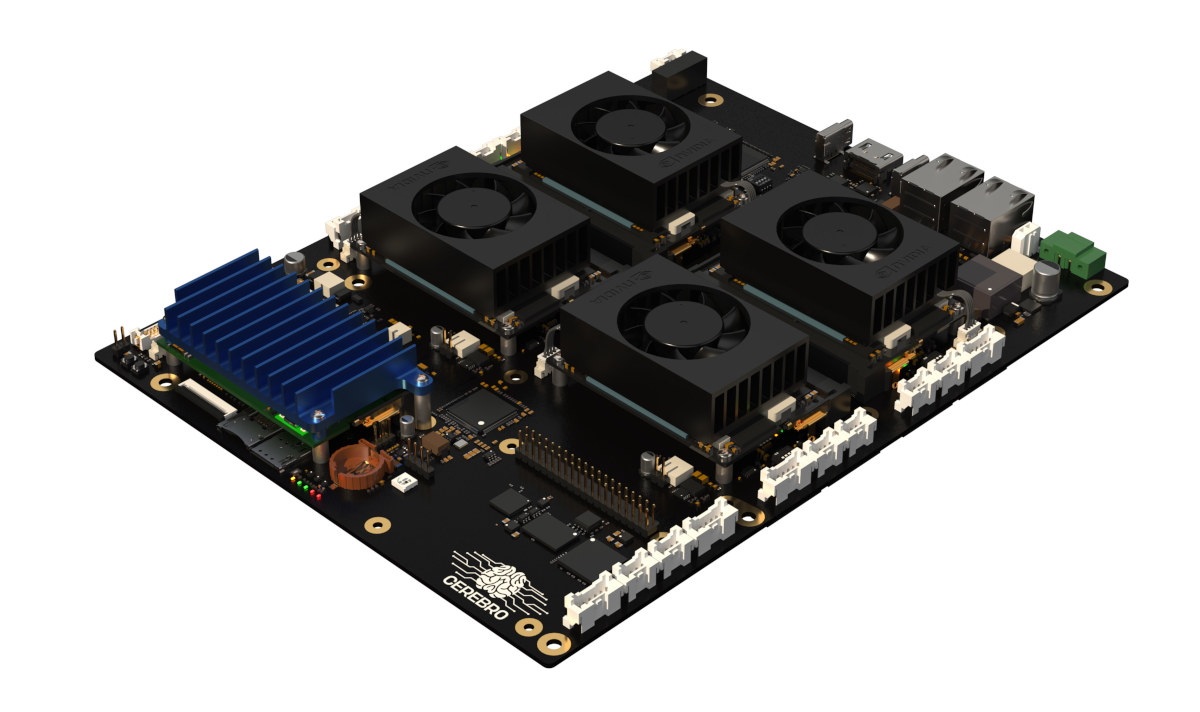EDATEC ED-HMI3120 series is a family of Raspberry Pi CM5-powered industrial Human-Machine Interface (HMI) displays available in 7-inch (ED-HMI3120-070C), 10.1-inch (ED-HMI3120-101C), and 15.6-inch (ED-HMI3120-156C) variants. Like the Chipsee 7-inch/10.1-inch Raspberry Pi CM5 industrial panel PCs, the EDATEC HMI displays are designed for factory automation, process control, and IoT applications. All models offer Gigabit Ethernet, 100Mbps Ethernet, isolated RS485/RS232 ports, and wireless options like WiFi and 4G LTE. EDATEC ED-HMI3120 specifications SoM – Raspberry Pi CM5 with Broadcom BCM2712 quad-core Cortex-A76 SoC, 2GB, 4GB or 8GB RAM, and 16GB, 32GB, or 64GB eMMC flash Storage MicroSD card slot M.2 B-Key socket for 2230/2242 NVMe SSD 4KB EEPROM Display HMI3120-070C – 7-inch TFT display with 1024×600 resolution, 16.7M colors, 400 cd/m² luminance, 80°/80° H/V viewing angles, and 10-point capacitive touch HMI3120-101C – 10.1-inch TFT display with 1280×800 resolution, 16.7M colors, 250 cd/m² luminance, 80°/80° H/V viewing angles, and 10-point capacitive touch HMI3120-156C […]
Walnut Pi 2B is an Allwinner T527 octa-core SBC with Raspberry Pi 5 form factor and interfaces
Walnut Pi 2B is a single board computer (SBC) powered by an Allwinner T527 octa-core Cortex-A55 SoC with a built-in 2 TOPS AI accelerator that closely follows the Raspberry Pi 5 design for compatibility with most HAT+ expansion boards and accessories. The Walnut Pi 2B SBC ships with 1GB to 4GB LPDDR4 RAM, an optional 32GB eMMC flash, and features a microSD card slot, gigabit Ethernet, four USB ports, a WiFI and Bluetooth module, MIPI DSI/CSI connectors, and the same PCIe FFC connector as found on the Raspberry Pi 5, and a 40-pin GPIO. One of the most obvious differences is that it only comes with one micro HDMI port instead of two on the Pi 5. Let’s check out the specifications to find other changes. Walnut Pi 2B specifications: SoC – Allwinner T527 CPU Octa-core Arm Cortex-A55 processor with four cores @ 1.80 GHz and four cores @ 1.42GHz […]
SO-ARM101 open-source dual robotic arm kit works with Hugging Face’s LeRobot
SO-ARM101 “Arm Servo Motor Kit” is an open-source dual robotic arm kit that works with Hugging Face’s LeRobot robotics framework and is designed to interface with NVIDIA Jetson AI modules and computers. It is an update to the SO-ARM100 DIY open-source robotic arm kit introduced last year with LeRobot framework support. The new SO-ARM101 is still comprised of leader and follower arms but features improved wiring to prevent disconnection issues previously seen at joint 3, motors with optimized gear ratios, and a few functionality where the leader arm can now follow the follower arm in real-time, which will be used for reinforcement learning (RL) where a human can intervene and correct the robot’s actions. SO-ARM101 specifications: Degrees of Freedom (DOF) – 6 per Arm Motor control Total servo – 12x STS3215 bus servos (6x for each Arm) Leader Arm 1x (7.4V) 1:345 gear ratio motor for No.2 joints 2x (7.4V) […]
Felix86 is an x86-64 emulator for RISC-V hardware
Some programs and most games are designed for x86 hardware, and we’ve already seen projects like box86 x86 emulator for 32-bit Arm targets and Box64 x86-64 emulator for 64-bit Arm hardware to run games on Arm hardware. The Felix86 x86-64 emulator is similar to Box64, except it targets specifically RISC-V hardware. The project is very new, but it can already run some Linux games like World of Goo 2, SuperTuxKart, and Quake OpenArena, while the Wine emulator can currently handle simple Windows games like Solitaire. You’ll find the full compatibility list on the project’s website. Felix86 features: Just-in-Time (JIT) recompiler Uses the RISC-V Vector Extension for SSE instructions Utilizes the B extension, if available, for bit manipulation instructions like bsr Supports a variety of optional extensions, such as XThead custom extensions You’ll find the source code on GitHub. Testing has mostly been done on a Banana Pi BPI-F3 SBC powered […]
Canonical releases Ubuntu 24.04 Desktop image for the Qualcomm DragonWing QCS6490 and QCS5430 processors
Canonical has just released a publicly available Ubuntu 24.04 Desktop beta image for the Qualcomm DragonWing QCS6490 and QCS5430 processors, and more specifically for the Qualcomm RB3 Gen 2 Vision Kit (QCS6490) and Qualcomm RB3 Gen 2 Lite Vision Kit (QCS5430). This adds to the existing Ubuntu 24.04 Server image for the Qualcomm vision kits, and Canonical says the unified image is currently designed for developers, ODMs/OEMs, and customers who want to evaluate the solution, and certified versions of Ubuntu 24.04 Desktop and Server images are coming soon with long term support and maintenance. Canonical explains the image enables the full Ubuntu Desktop experience at the edge with “powerful AI acceleration with high-performance graphics” (so I assume that means GPU and NPU are already supported), enhanced camera and multimedia capabilities, sensor integration, and various performance optimizations of the DragonWing family. So the way I read the announcement is that contrary […]
XIAO 2-channel Wi-Fi AC Energy Meter runs ESPHome on ESP32-C6 module, comes with two 100A CT clamps
Seeed Studio’s XIAO 2-channel Wi-Fi AC Energy Meter is an ESP32-C6 (XIAO ESP32-C6) powered power meter with two independent CT clamp (Current Transformer clamp) connectors to safely measure power consumption when placed around one of the wires from an AC cable. We reviewed the SONOFF POW Ring single-channel WiFi CT clamp power meter with eWelink and Home Assistant last year, and before that, we also covered models supporting multiple CT clamps, up to 16 clamps with the Emporia Vue Gen 2 energy monitor. The XIAO 2-channel Wi-Fi AC Energy Meter offers a middle ground with support for two CT clamps measuring up to 35A each. XIAO 2-channel Wi-Fi AC Energy Meter specifications: Wireless module – XIAO ESP32C6 board Wireless MCU – Espressif Systems ESP32-C6 CPU Single-core 32-bit RISC-V clocked up to 160 MHz Low-power RISC-V core @ up to 20 MHz Memory – 512KB SRAM, 16KB low-power SRAM Storage – […]
Adafruit Sparkle Motion – An ESP32-based addressable LED controller with four outputs, 100W USB-C power, and WLED/xLights support
The Adafruit Sparkle Motion is an ESP32-based LED controller board designed to drive addressable LEDs, including WS2812B, APA102, SK6812, LPD8806, UCS2904, and SM16704. It supports both WLED and xLights projects and features an onboard 100W USB-C PD port to drive even high-voltage LED setups. The board includes dual power input options (USB-C PD with 5/12/20V selection and 2.1mm DC jack), a 5A fuse, and level-shifted output terminals for controlling addressable LEDs. The board also features a built-in I2S digital microphone, IR receiver, Stemma QT I2C port, USB-serial with auto-reset, GPIO breakout pads, onboard NeoPixel and status LED, and multiple JST and terminal connectors for sensor and control integration. It comes pre-assembled with terminal blocks for easy wiring, making it suitable for applications such as wearable electronics, home decor lighting, audio-reactive displays, and remote-controlled installations. Adafruit Sparkle Motion Specifications: SoC – ESP32-S3 dual-core Xtensa LX7 MCU @ 240MHz with 2.4GHz Wi-Fi and […]
Cerebro clusterboard supports up to four NVIDIA Jetson, Raspberry Pi CM4/CM5, or Radxa CM5 modules (Crowdfunding)
Cerebro is a modular board / clusterboard designed to take up to four system-on-modules such as NVIDIA Jetson SO-DIMM modules, Raspberry Pi CM4 or CM5, or Radxa CM5. The board integrated a BMC for intercommunication between the CPU modules. The Cerebro was designed out of frustration as the team at Sparklab Solution could not find a solution where boards would work together seamlessly. While there are other clusterboards for Raspberry Pi Compute modules, the Cerebro motherboard provides more flexibility with three M.2 sockets per node, a built-in BMC and optional expandable BMC, KVM support between each node, dual Ethernet, a 10 Gbps USB 3.2 port, and more. Specifications: Compute Modules 4x SODIMM-260 slots Compatibility Nvidia Jetson Orin NX/Nano Raspberry Pi CM4/CM5 via adapter Radxa CM5 via adapter Supports mix and match of different models Storage 2x M.2 key-M slots per node (8x in total) for NVMe SSD 1x MicroSD card […]


